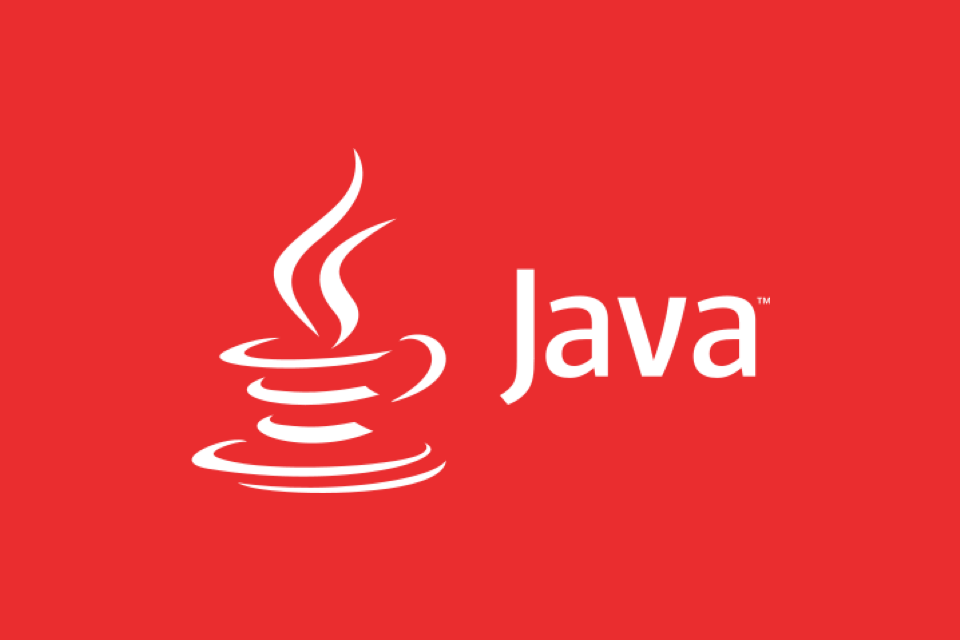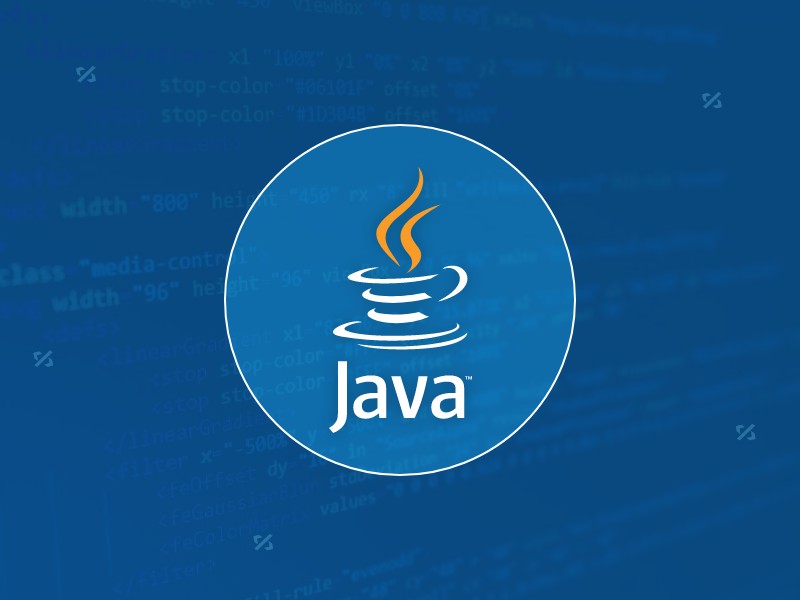volatile is used in Java to ensure the visibility and order of variables in a multi-threaded environment, but does not guarantee atomicity. Its core functions include: 1. Ensure that variable modifications are immediately visible to other threads and avoid inconsistencies caused by local cache; 2. Prevent instruction reordering and act as a memory barrier to maintain consistency in operation sequence; 3. Applicable to simple scenarios such as status flags, such as signal notifications in inter-thread communication; 4. Not suitable for composite operations, such as self-increment operations, if synchronized or AtomicInteger is still required to ensure atomicity. Therefore, volatile is available when only assignment or reading flag bits are required, while operations involving dependencies on the current value require a stricter synchronization mechanism.

In Java, the volatile keyword is mainly used to indicate that a variable's value may be modified by different threads. When a variable is declared as volatile , it ensures visibility and ordering guarantees, which are cruel in multithreaded environments.

Ensuring Visibility Across Threads
One of the main uses of volatile is to make sure that changes made by one thread to a variable are immediately visible to other threads. Without volatile , each thread might cache the variable locally, leading to inconsistent views of the variable's value.

For example, consider a flag variable used to signal one thread to stop from another thread. If this flag isn't marked volatile , the running thread might not see the updated value, causing it to continue running even after the flag has been changed elsewhere.
public class MyRunner implements Runnable {
private volatile boolean running = true;
public void stop() {
running = false;
}
@Override
public void run() {
while (running) {
// do work
}
}
} Here, marking running as volatile makes sure the loop sees the most recent update to the variable, even if it comes from a different thread.

Preventing Instruction Reordering
Another important aspect of volatile is that it acts as a memory barrier, preventing the compiler or processor from reordering instructions in a way that could break your code. This means reads and writes to other variables won't be moved before or after a volatile read or write.
This feature is subtle but can be critical when coordinating state between threads without full synchronization.
- Volatile reads act like acquiring a lock.
- Volatile writes act like releasing a lock.
- They ensure that prior writes are visible after a volatile read.
So, if you're managing some shared data where order matters, volatile can help maintain that consistency.
Limitations: Not Always Enough for Thread Safety
While volatile helps with visibility and ordering, it does not guarantee atomicity . That means operations like incrementing ( i ) still need to be synchronized or use something like AtomicInteger .
For instance:
private volatile int count = 0;
Even though count is volatile , doing count in multiple threads can still result in lost updates because the operation involves reading, modifying, and writing the value — none of which happen atomically.
If your variable is only being assigned a value or used as a flag, volatile is sufficient. But for compound actions or operations that depend on the current value, you'll need more robust synchronization tools.
So, in short, volatile is useful for simple communication between threads — like signaling or status flags — where you don't have complex operations involved. It keeps things lightweight compared to full synchronization, but you have to know when it's appropriate to use.
The above is the detailed content of What is the `volatile` keyword in Java used for?. For more information, please follow other related articles on the PHP Chinese website!

Hot AI Tools

Undress AI Tool
Undress images for free

Undresser.AI Undress
AI-powered app for creating realistic nude photos

AI Clothes Remover
Online AI tool for removing clothes from photos.

Clothoff.io
AI clothes remover

Video Face Swap
Swap faces in any video effortlessly with our completely free AI face swap tool!

Hot Article

Hot Tools

Notepad++7.3.1
Easy-to-use and free code editor

SublimeText3 Chinese version
Chinese version, very easy to use

Zend Studio 13.0.1
Powerful PHP integrated development environment

Dreamweaver CS6
Visual web development tools

SublimeText3 Mac version
God-level code editing software (SublimeText3)

Hot Topics
 Difference between HashMap and Hashtable?
Jun 24, 2025 pm 09:41 PM
Difference between HashMap and Hashtable?
Jun 24, 2025 pm 09:41 PM
The difference between HashMap and Hashtable is mainly reflected in thread safety, null value support and performance. 1. In terms of thread safety, Hashtable is thread-safe, and its methods are mostly synchronous methods, while HashMap does not perform synchronization processing, which is not thread-safe; 2. In terms of null value support, HashMap allows one null key and multiple null values, while Hashtable does not allow null keys or values, otherwise a NullPointerException will be thrown; 3. In terms of performance, HashMap is more efficient because there is no synchronization mechanism, and Hashtable has a low locking performance for each operation. It is recommended to use ConcurrentHashMap instead.
 Why do we need wrapper classes?
Jun 28, 2025 am 01:01 AM
Why do we need wrapper classes?
Jun 28, 2025 am 01:01 AM
Java uses wrapper classes because basic data types cannot directly participate in object-oriented operations, and object forms are often required in actual needs; 1. Collection classes can only store objects, such as Lists use automatic boxing to store numerical values; 2. Generics do not support basic types, and packaging classes must be used as type parameters; 3. Packaging classes can represent null values ??to distinguish unset or missing data; 4. Packaging classes provide practical methods such as string conversion to facilitate data parsing and processing, so in scenarios where these characteristics are needed, packaging classes are indispensable.
 What are static methods in interfaces?
Jun 24, 2025 pm 10:57 PM
What are static methods in interfaces?
Jun 24, 2025 pm 10:57 PM
StaticmethodsininterfaceswereintroducedinJava8toallowutilityfunctionswithintheinterfaceitself.BeforeJava8,suchfunctionsrequiredseparatehelperclasses,leadingtodisorganizedcode.Now,staticmethodsprovidethreekeybenefits:1)theyenableutilitymethodsdirectly
 How does JIT compiler optimize code?
Jun 24, 2025 pm 10:45 PM
How does JIT compiler optimize code?
Jun 24, 2025 pm 10:45 PM
The JIT compiler optimizes code through four methods: method inline, hot spot detection and compilation, type speculation and devirtualization, and redundant operation elimination. 1. Method inline reduces call overhead and inserts frequently called small methods directly into the call; 2. Hot spot detection and high-frequency code execution and centrally optimize it to save resources; 3. Type speculation collects runtime type information to achieve devirtualization calls, improving efficiency; 4. Redundant operations eliminate useless calculations and inspections based on operational data deletion, enhancing performance.
 What is an instance initializer block?
Jun 25, 2025 pm 12:21 PM
What is an instance initializer block?
Jun 25, 2025 pm 12:21 PM
Instance initialization blocks are used in Java to run initialization logic when creating objects, which are executed before the constructor. It is suitable for scenarios where multiple constructors share initialization code, complex field initialization, or anonymous class initialization scenarios. Unlike static initialization blocks, it is executed every time it is instantiated, while static initialization blocks only run once when the class is loaded.
 What is the Factory pattern?
Jun 24, 2025 pm 11:29 PM
What is the Factory pattern?
Jun 24, 2025 pm 11:29 PM
Factory mode is used to encapsulate object creation logic, making the code more flexible, easy to maintain, and loosely coupled. The core answer is: by centrally managing object creation logic, hiding implementation details, and supporting the creation of multiple related objects. The specific description is as follows: the factory mode handes object creation to a special factory class or method for processing, avoiding the use of newClass() directly; it is suitable for scenarios where multiple types of related objects are created, creation logic may change, and implementation details need to be hidden; for example, in the payment processor, Stripe, PayPal and other instances are created through factories; its implementation includes the object returned by the factory class based on input parameters, and all objects realize a common interface; common variants include simple factories, factory methods and abstract factories, which are suitable for different complexities.
 What is the `final` keyword for variables?
Jun 24, 2025 pm 07:29 PM
What is the `final` keyword for variables?
Jun 24, 2025 pm 07:29 PM
InJava,thefinalkeywordpreventsavariable’svaluefrombeingchangedafterassignment,butitsbehaviordiffersforprimitivesandobjectreferences.Forprimitivevariables,finalmakesthevalueconstant,asinfinalintMAX_SPEED=100;wherereassignmentcausesanerror.Forobjectref
 What is type casting?
Jun 24, 2025 pm 11:09 PM
What is type casting?
Jun 24, 2025 pm 11:09 PM
There are two types of conversion: implicit and explicit. 1. Implicit conversion occurs automatically, such as converting int to double; 2. Explicit conversion requires manual operation, such as using (int)myDouble. A case where type conversion is required includes processing user input, mathematical operations, or passing different types of values ??between functions. Issues that need to be noted are: turning floating-point numbers into integers will truncate the fractional part, turning large types into small types may lead to data loss, and some languages ??do not allow direct conversion of specific types. A proper understanding of language conversion rules helps avoid errors.






